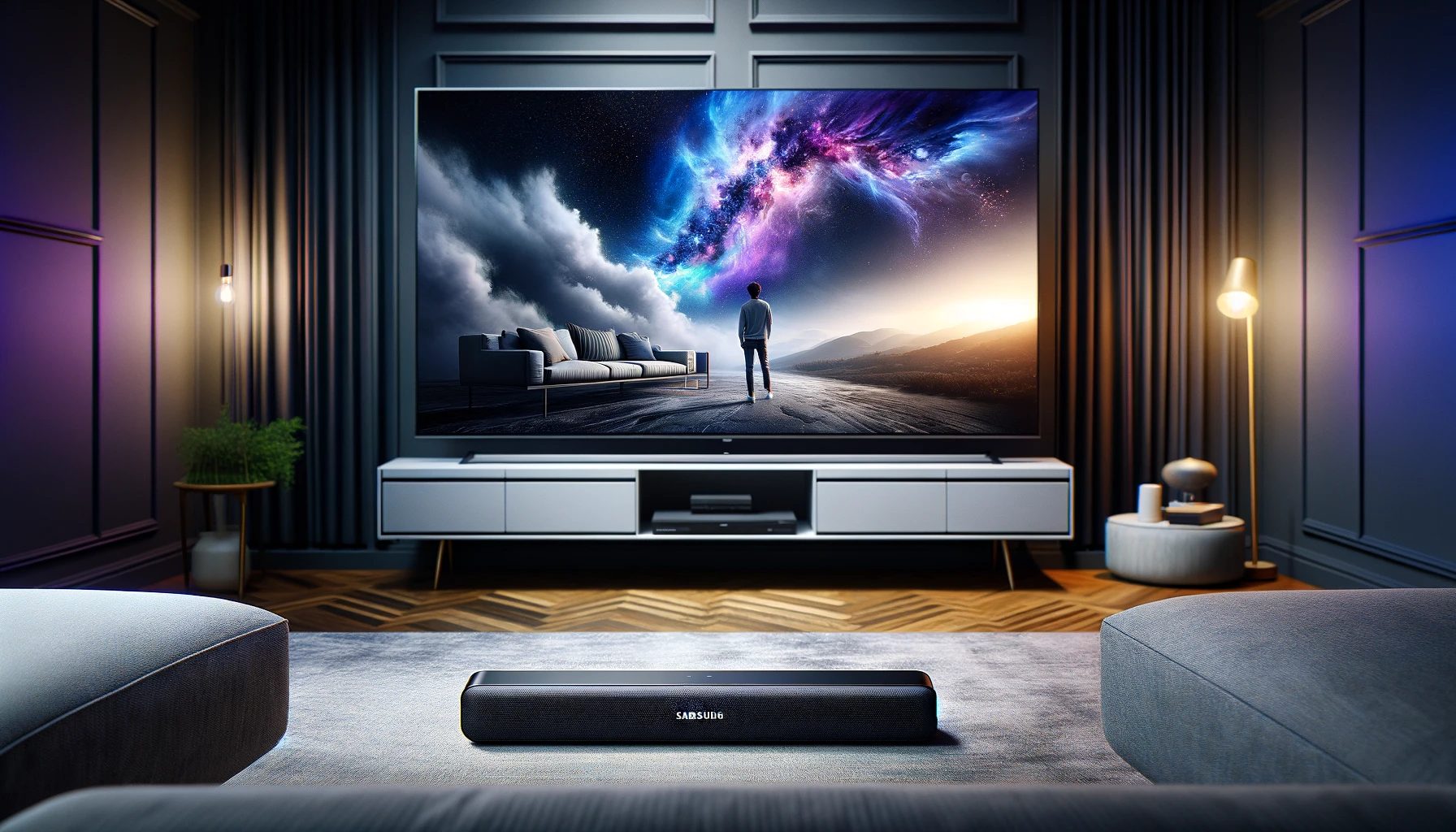Upgrading your Samsung television audio with a Samsung-branded soundbar seems like an obvious pairing move. But are compatibility issues lurking?
Optimizing Samsung TV and soundbar hardware harmony requires matching port standards beyond branding, noting wireless features and decoding differences as well.
Let’s explore the connectivity, smart feature, and component capability factors determining Samsung audiovisual hardware compatibility.
Are All Samsung Soundbars Compatible With Samsung TVs?
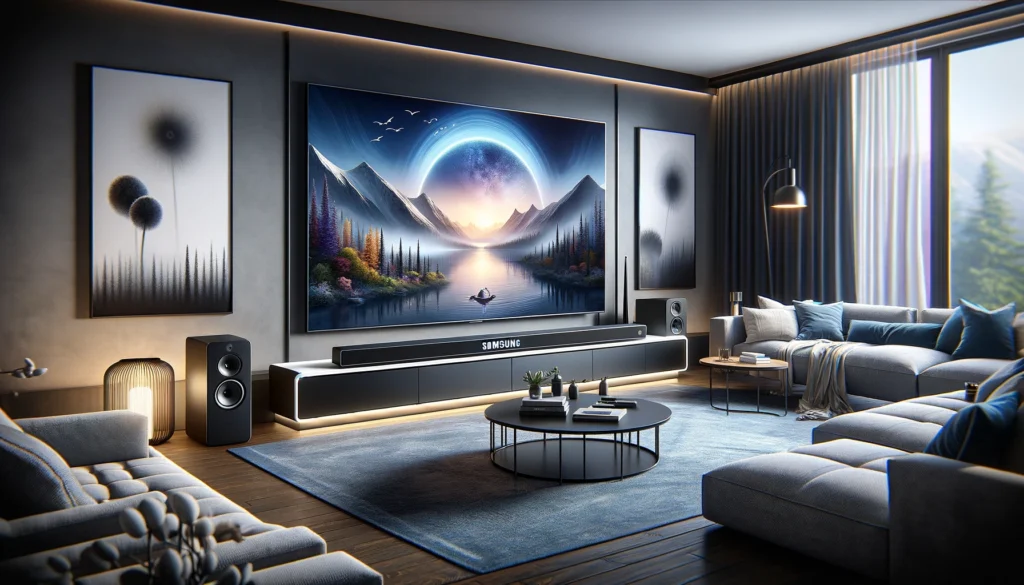
In short, Samsung brand allegiance alone does not guarantee absolute television and soundbar hardware compatibility.
Seamless connectivity and operation hinges on comparing display interfaces, wireless protocols, streaming app support.
Surround sound format decoding differences, and smart ecosystem ties between specific models considered to avoid compatibility gaps limiting presentations.
We’ll break down the crucial considerations for matching Samsung TVs with Samsung soundbars without functionality sacrifices.
Compatibility Basics
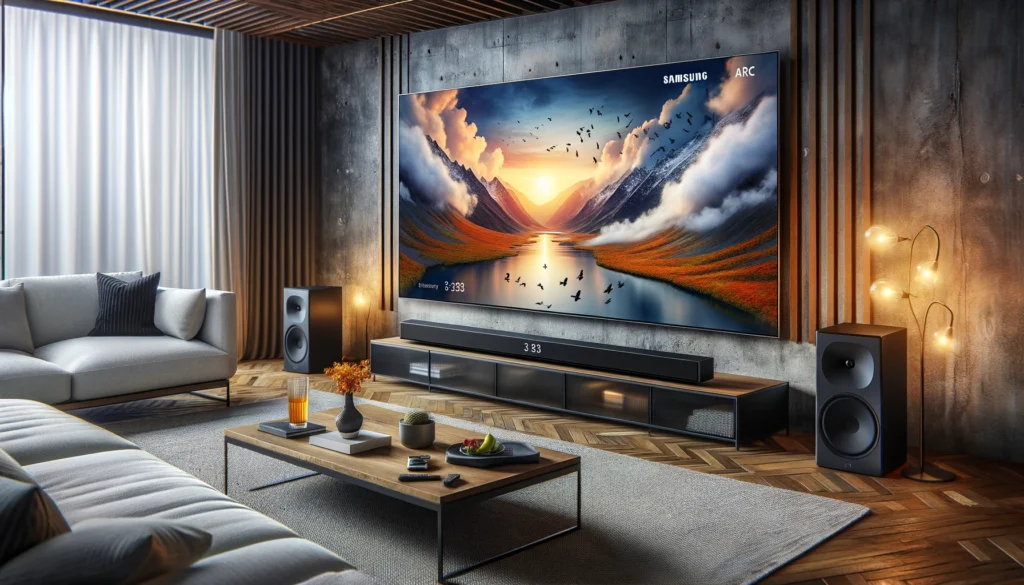
At their core, modern Samsung soundbars achieve seamless connectivity compatibility with same-brand Samsung TVs by leveraging an HDMI ARC (Audio Return Channel).
Or upgraded eARC (Enhanced Audio Return Channel) port found on recent display models allowing the passage of digital multichannel audio signals.
This standardized interface allows the soundbar to decode Dolby and DTS audio formats from source devices first then pass the enhanced sound onwards to the television’s speakers which otherwise could not process advanced codecs beyond basic stereo PCM.
If Samsung TVs lack eARC support, optical SPDIF digital outputs offer backward compatibility chaining older audio signals.
And some basic soundbars still feature analog RCA stereo inputs as well so no connectivity gets left behind. Just match ports appropriately.
Soundbar Models and TV OS
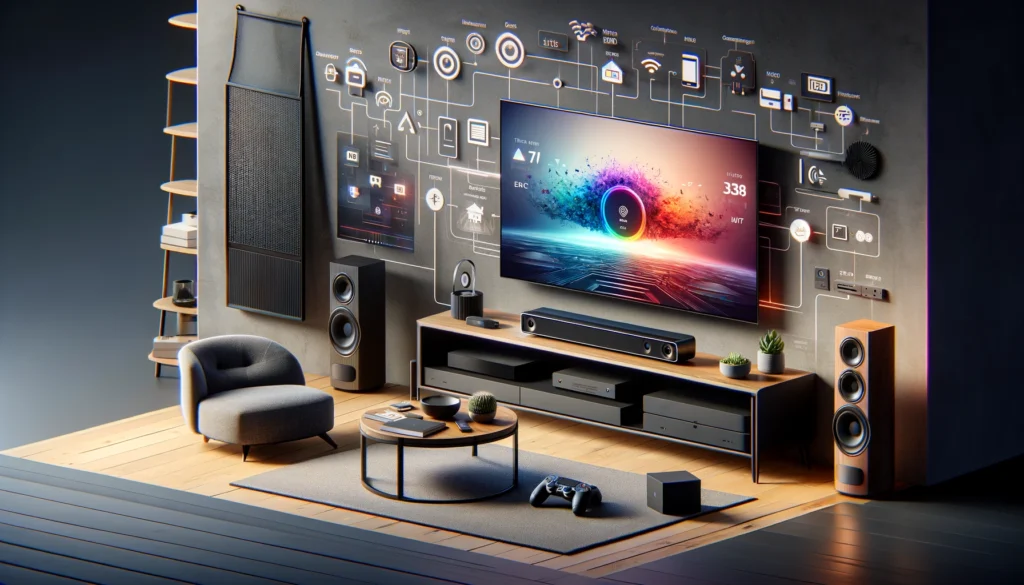
However, Samsung television firmware and hardware updates over generations as well as differences across soundbar product lines and series do complicate compatibility assurances.
Some legacy configurations fall behind lacking certain connectivity or data protocols.
For example, The Frame lifestyle TV first generation lacks eARC support entirely despite featuring HDMI ports.
So connections to certain Dolby Atmos-capable soundbar models lose full object-based audio format usability reverting to lesser Dolby Digital Plus/DTS passthrough only unless utilizing WiSA wireless speaker connectivity instead.
Likewise, just because both devices share the Samsung brand does not guarantee seamless smart ecosystem integration.
Different Tizen OS versions, iOS/Android mobile app support variances, Bixby/Alexa ecosystem ties, and streaming services need examination ensuring uniform cross-compatibility between the television and soundbar chosen.
Audio Format Support Differences
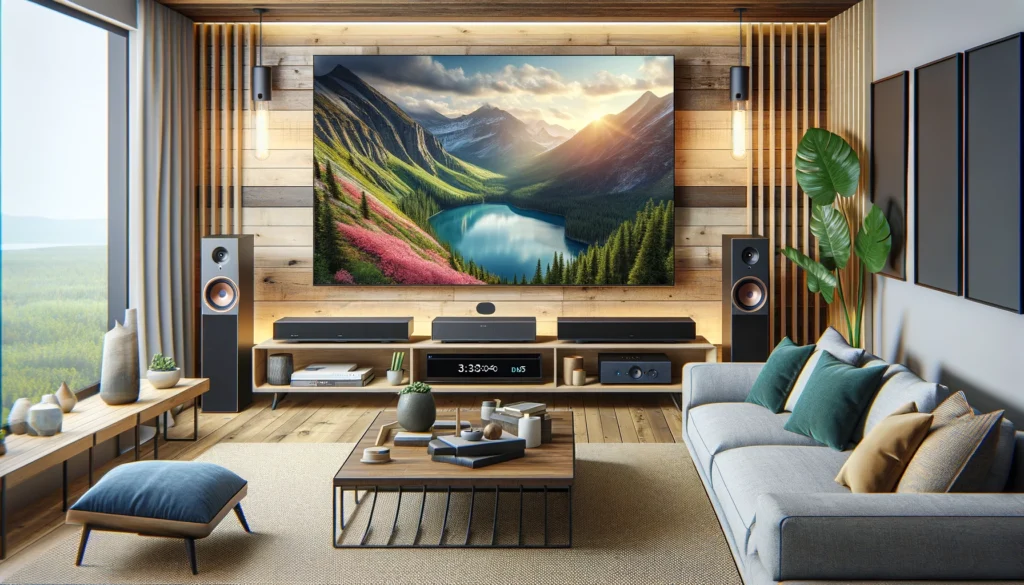
Another area requiring cross-checking involves the audio format capabilities between selected Samsung soundbar models and the paired television set. This determines what media content types can actually take advantage of enhancement technologies available.
If the Samsung TV supports newer Dolby Vision HDR but lacks Dolby Atmos processing, while the matched soundbar handles Atmos decoding.
That premium object-based audio gets discarded by the display’s limitations resulting in basic 5.1 Dolby Digital Plus only playback instead.
Likewise, an older Samsung plasma TV without HDR passthrough connected to an HDR-capable Dolby Atmos soundbar discards those bleeding-edge audio/video formats.
And DTS:X support follows similar decoding chains. Always match highest common support across both devices for maximum utilization.
Smart Platform Integration Factors
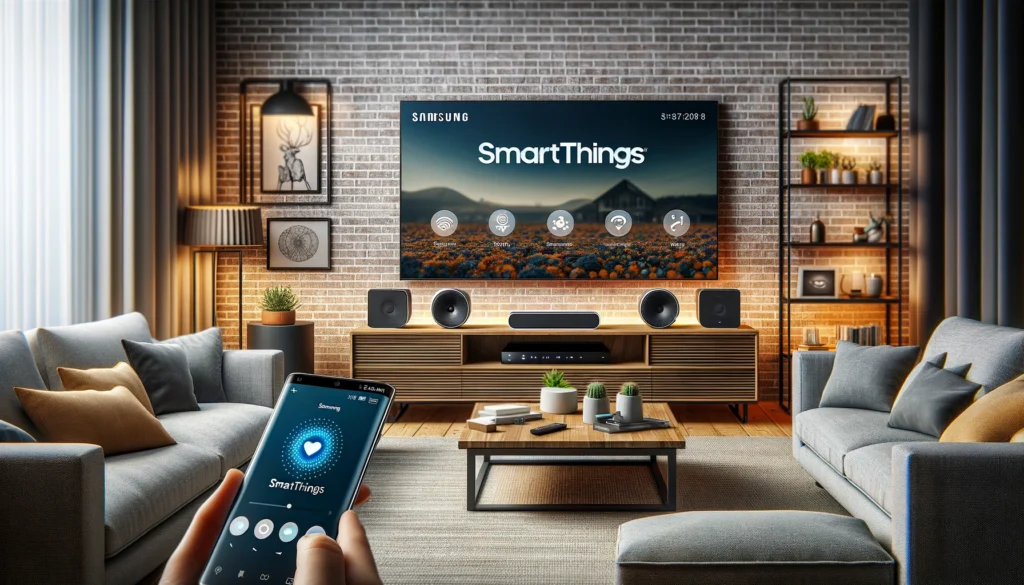
Given Samsung’s expansive mobile and smart home ecosystem tying various appliances and living devices together for control flexibility advantages.
Ensuring chosen television and soundbar models properly integrate services proves important as well beyond just core media connectivity.
Modern Samsung soundbars featuring SmartThings compatibility unlock functional perks like adjusting audio channels, streaming music, configuring wireless surround speakers.
And grouping other speakers for multi-room playback all directly from Samsung television interfaces or the SmartThings mobile app.
Additionally, examining music steaming app support like Spotify, Amazon Music, Pandora, Deezer and QQ Music ensures your television platform ties in with the soundbar for quick media access and playback control.
Rather than relying solely on the basic onboard Bluetooth connectivity every Samsung soundbar integrates to facilitate wireless music streaming from smartphones.
Wireless Soundbar Considerations
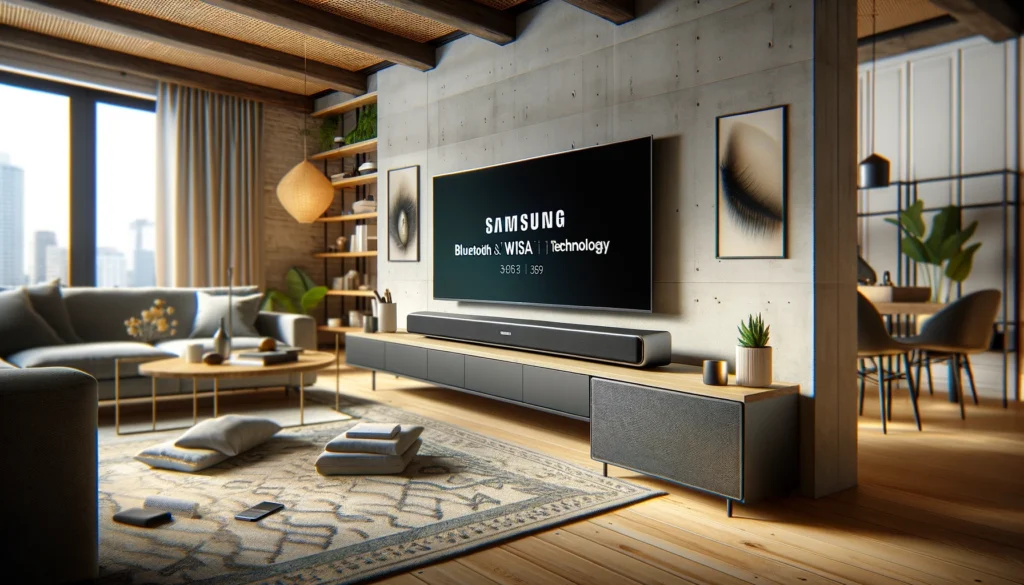
Speaking of wireless audio, Samsung soundbars incorporate either standard Bluetooth or WiSA compatibility for cable-free configurations depending on models selected.
This impacts satellite speaker and subwoofer connectivity options, latency performance, and physical range limitations you should evaluate beforehand.
Bluetooth only enables closest proximity connections suiting same-room usage with potential streaming interruptions as obstacles appear between source and receiving devices.
WiSA allows wider-reaching long distance transmission through walls but requires specialized components.
Likewise, only WiSA supports true wireless multichannel configurations for adding wireless surround speakers or dedicated wireless subwoofer modules maintaining full Dolby/DTS format support.
Bluetooth forces compressed stereo streaming to wireless speakers limiting presentation quality. Determine proper wireless use cases.
Ideal Installation Setups

Given all these Samsung television and soundbar hardware compatibility factors and functionality support differences determining optimal audio visual performance pipelines, how should components ultimately connect for best results?
Ideally, route all media sources like game consoles, streaming devices and Blu-ray players directly into available HDMI ports on the soundbar first.
This allows decoding of advanced formats like Dolby Atmos by the soundbar’s audio chipsets before passing video onwards to the TV.
The soundbar’s HDMI eARC port should connect to the TV’s eARC/ARC port last to finish the chain so the TV receives sound from the soundbar’s.
Discrete decoding results rather than potentially downmixing surround audio itself if source devices connected directly instead.
Streamlining this flow ensures pristine uncompressed quality across formats avoiding links where either the soundbar or TV might falter handling latest connectivity specs.
Direct device-to-TV connections bypassing the soundbar processing should get avoided with only eARC passing audio back to maximize fidelity.
Conclusion
In summary, achieving full compatibility splicing Samsung soundbars into Samsung TV configurations relies chiefly on matching latest HDMI ARC/eARC connectivity support alongside considerations around firmware version discrepancies.
Wireless ecosystem ties, and decoding capability differences determining optimal format support chains.
